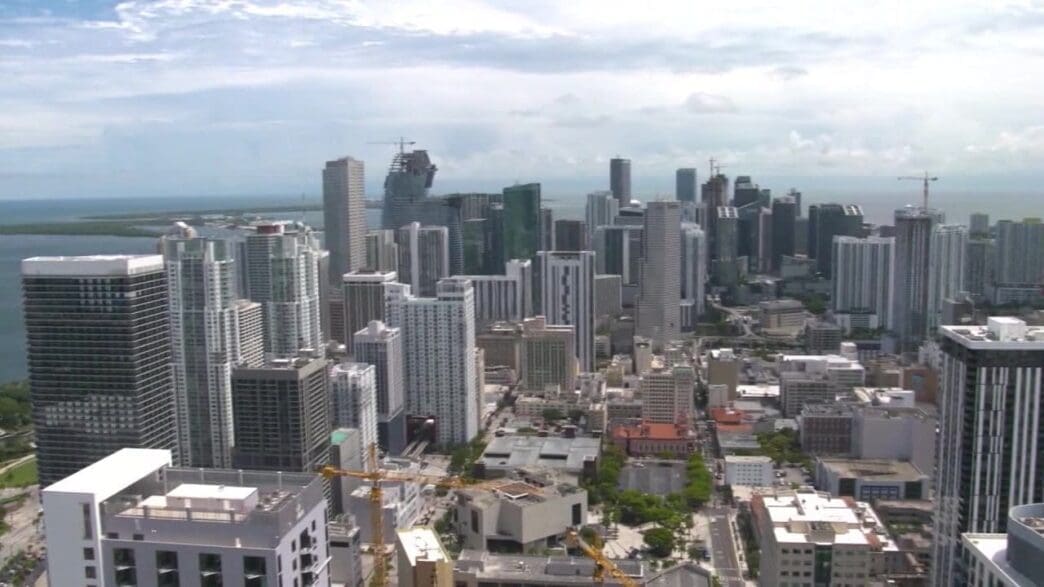Researchers from the University of Miami have discovered unexpected ground settlement beneath several high-rise buildings along Florida’s East Coast, raising critical questions about structural integrity and safety.
In a recent study, scientists investigated 35 buildings stretching from Miami Beach to Sunny Isles Beach. The data, accumulated from 2016 to 2023, revealed significant subsidence, ranging from two to eight centimeters in some areas. This finding contradicts the typical behavior of the region’s limestone ground composition, which is usually stable. Professor Gregor Eberli, involved in the research, highlighted that this unexpected finding was triggered by the Champlain Towers incident, prompting deeper investigation into coastal stability.
The study utilized advanced satellite-based technology to measure radar reference points across various parts of the structures, including balconies, rooftops, and boardwalks. Eberli clarified that the subsidence did not cause cracks or visible damage to the buildings and was not responsible for the Champlain Tower collapse. “Interestingly enough, the Champlain Tower, during the time of the collapse, did not have any subsidence,” Eberli stated. The ground shift appears more pronounced in the northern regions compared to the southern areas.
While vibrations from heavy construction often cause settling, Eberli reassures the public that there’s no immediate danger, stating, “It has nothing to do with immediate concerns. The buildings are safe.” However, the implications of these findings are significant for future construction. The research underscores the importance of continuous monitoring and potential adaptations in building design.
The study also opens up discussions on why certain buildings experience more settling than others. Eberli points to the variations in subsidence across different areas and individual buildings, proposing further exploration of these phenomena in other parts of the state, such as the west coast of Florida. He suggests similar settlement patterns might be discovered there, which could inform better construction practices.
Eberli emphasized the critical role of satellite technology in this research, noting its potential to aid in proactive safety measures. He expressed a goal to continue analyzing this data to understand long-term impacts and improve building resilience. The University of Miami team aims to expand their research to other areas, addressing questions about when and why these settling patterns occur. Their work stands as a valuable contribution to the field of structural engineering, potentially guiding future urban development in coastal Florida.
The unexpected settling of some Florida high-rise buildings presents both a challenge and an opportunity to improve construction practices. While current structures remain safe, ongoing research will be vital to ensure the stability and safety of future developments on similar terrains.
Source: Fox13news








